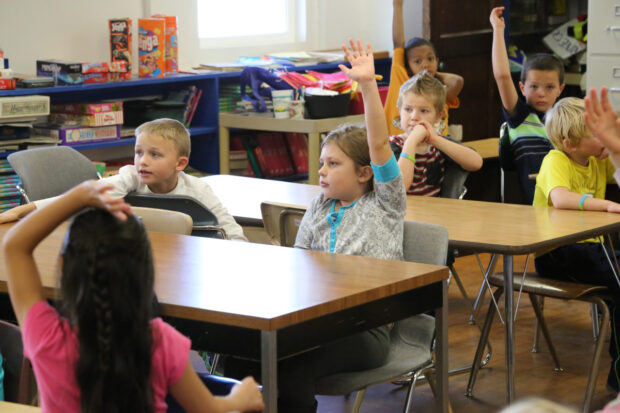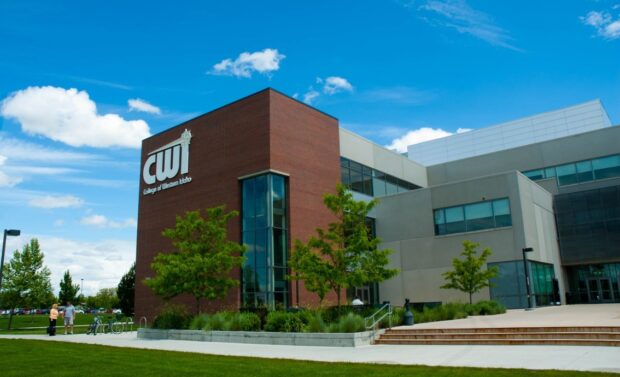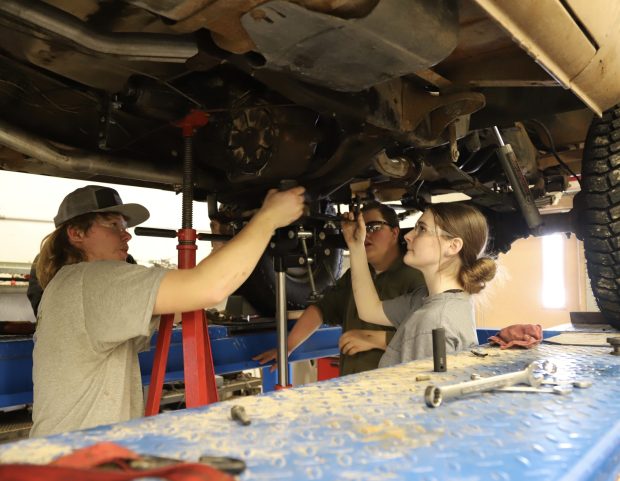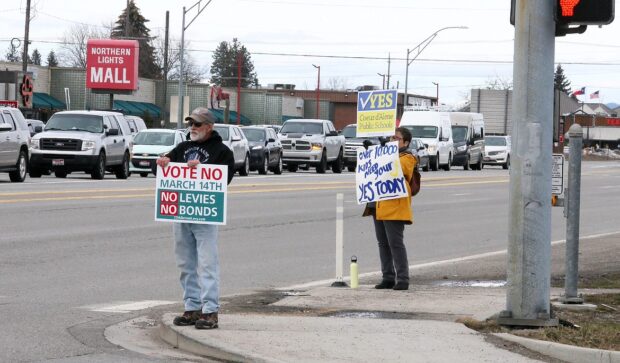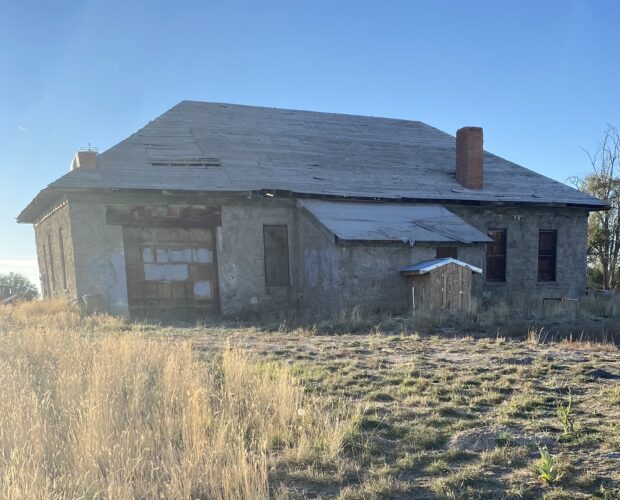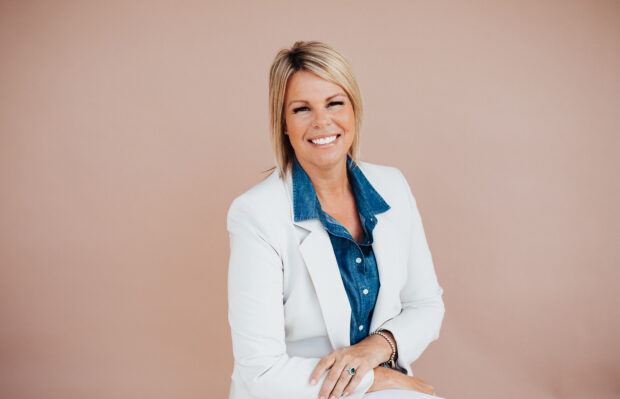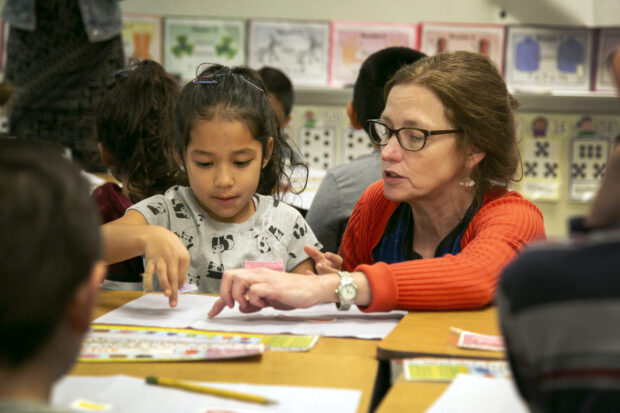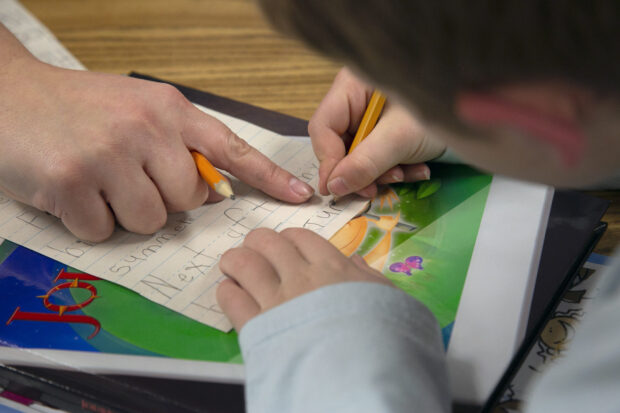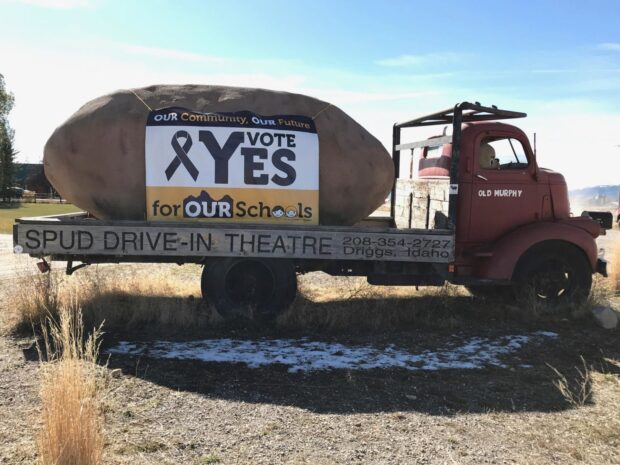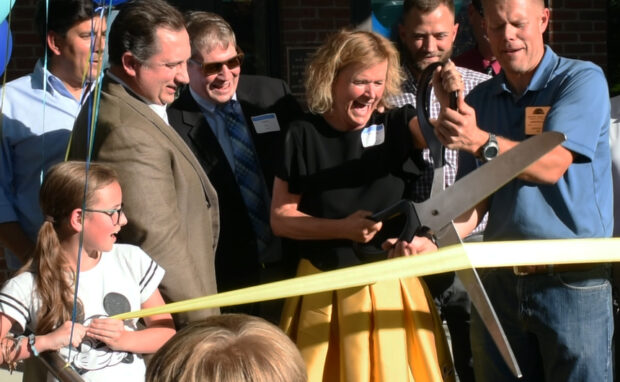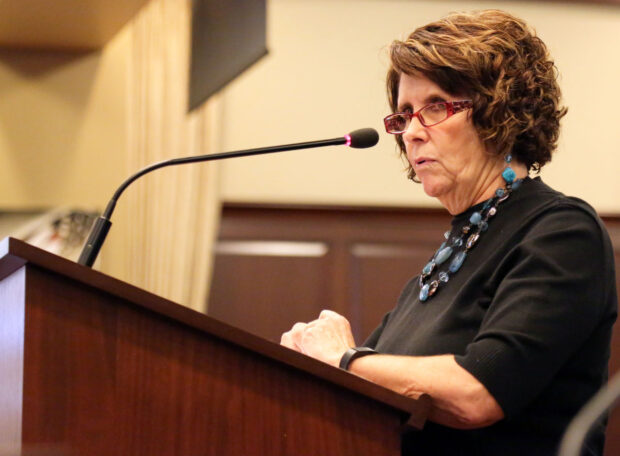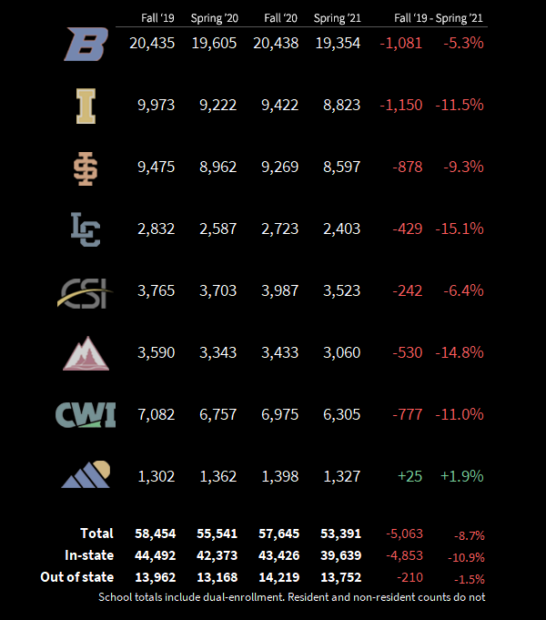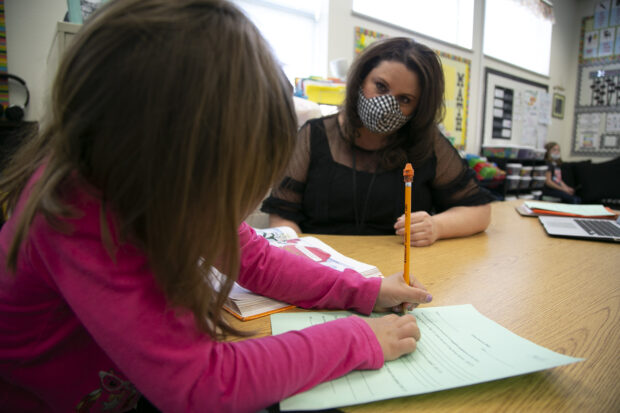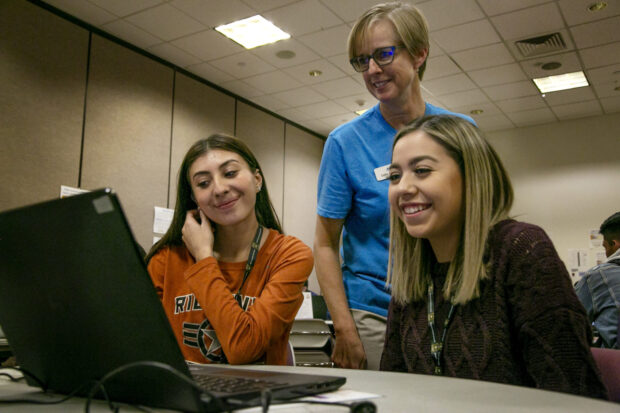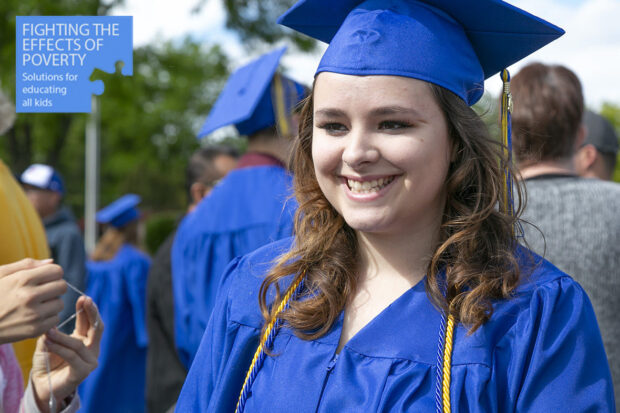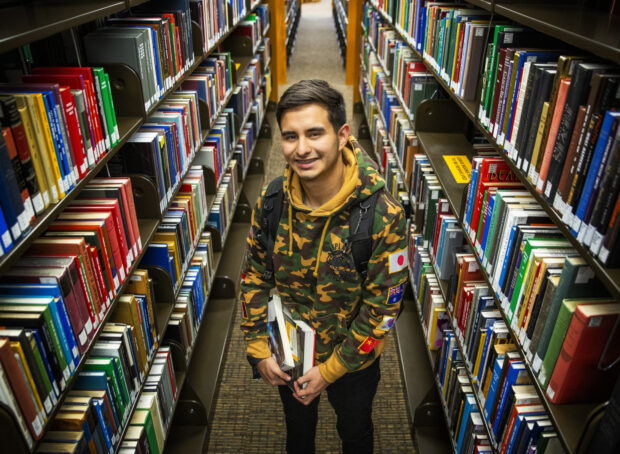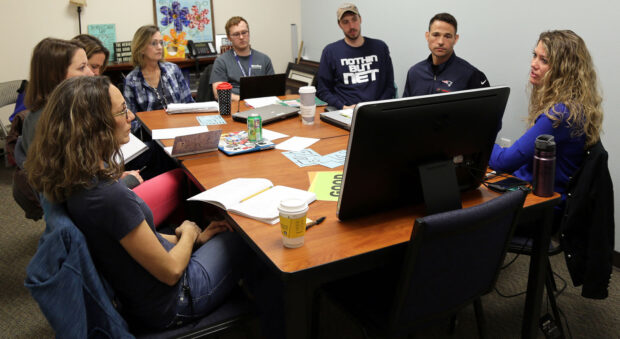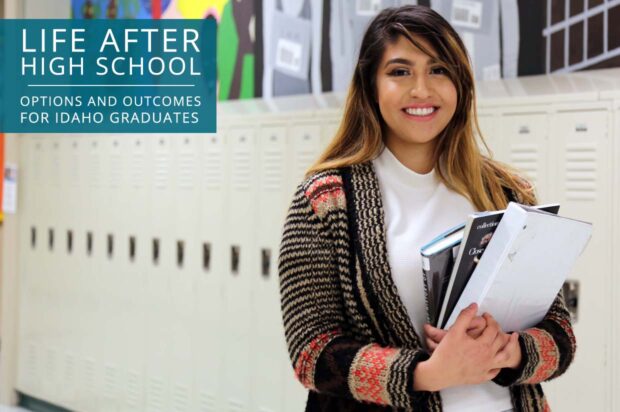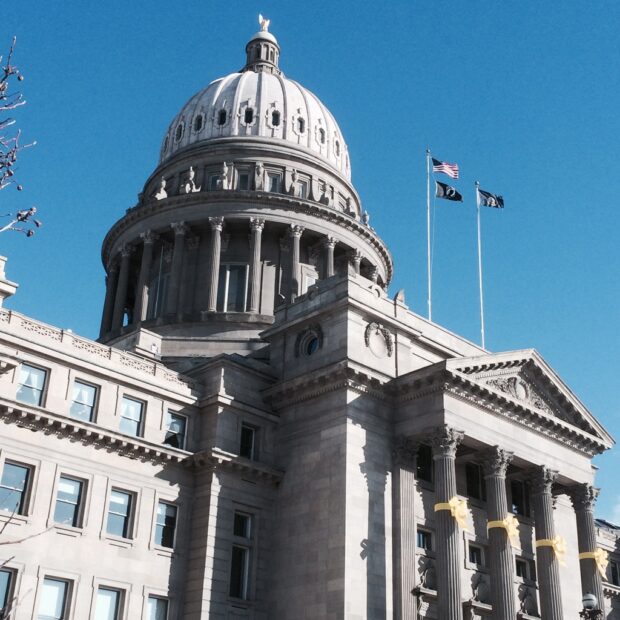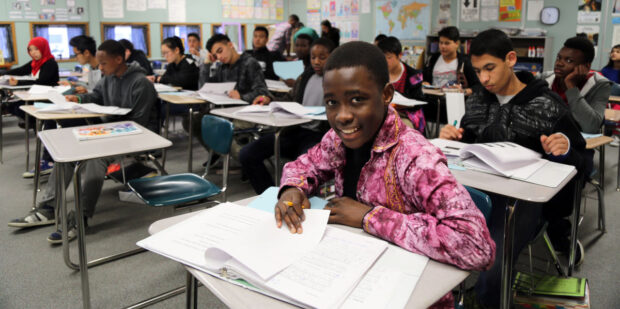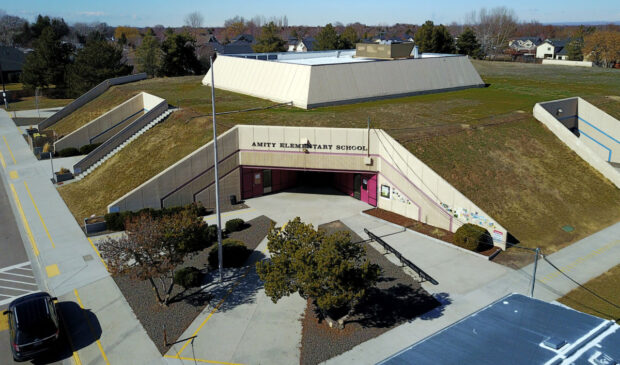SPECIAL SERIES
Idaho’s four-day schools phenomenon shows no signs of slowing down.
This fall, about 100,000 Idaho kids will attend a four-day school — a number that has nearly quadrupled in the past nine years.
This growing trend is popular. But does it hurt student performance? Is the switch worth the modest cost savings?
Senior reporter Kevin Richert will spend the 2024-25 school year digging deep into four-day schools — and studying the effects on students, teachers and taxpayers.
The College of Western Idaho started with 1,000 students in January of 2009 and has grown to serve over 30,000 students this past year. This series of stories tells the past, present and future through the voices of those who started the college and those who work for and benefit from it today. The series includes a glance at the numbers: the demographics, the programs, the classes, the costs and the timeline.
In the United States, high-quality child care programs are prohibitively expensive, government assistance is limited, and daycare openings are sometimes hard to find at all. In 2022, more than 1 in 10 young children had a parent who had to quit, turn down or drastically change a job in the previous year because of child care problems. And that burden falls most on mothers, who shoulder more child-rearing responsibilities and are far more likely to leave a job to care for kids.
This series on how the child care crisis affects working parents — with a focus on solutions — is produced by the Education Reporting Collaborative, a coalition of eight newsrooms, including The Hechinger Report, AL.com, The Associated Press, The Christian Science Monitor, The Dallas Morning News, Idaho Education News, The Post & Courier, and The Seattle Times.
Reporter Darren Svan set out to investigate how new investments in secondary career technical education programs are shaping the direction of students preparing for post-graduation careers or technical colleges.
Idaho spent an unprecedented amount of money in 2024 to expand CTE programs, build new facilities and provide students with the latest equipment. Darren talked to industry partners, school leaders, CTE teachers, students and recent graduates. Education leaders, lawmakers and parents want to know if the money is having an impact.
On May 17, 2023, the University of Idaho abruptly announced its plan to acquire the University of Phoenix, sending shockwaves through the state’s education and political circles.
Idaho Education News’ Kevin Richert closely followed this story for months, breaking news and fighting for the public’s right to know.
Most of Idaho’s high school graduates aren’t going to college — at least not immediately. They’re taking different paths, breaking stigmas and challenging the narrative that a four-year degree is the golden ticket to success. Our four-story series breaks down the data, and unveils what they are doing after high school — and why it isn’t college.
Lawmakers want to know how school districts spend local, voter-approved property tax levies. The answers are sketchy.
Lawmakers also want districts to run fewer levies in the years to come. But the future is uncertain. Idaho Education News is taking an in-depth look at supplemental levies — following the dollars, and tracking district compliance with a new state law.
Reporter Carly Flandro set out to answer this question: What most helps Native American students succeed?
She logged more than a thousand miles to visit four of Idaho’s five reservations from the Kootenai Reservation (near the Canadian border) to the Fort Hall reservation (adjacent to her hometown of Pocatello). Carly talked with tribal officials, school leaders, teachers and students.
Debbie Critchfield’s first 100 days in office An EdNews daily blog
The vast majority of Idaho teachers are sticking around for now, but they tell us they are beleaguered and distressed. Some feel stuck, others search for an escape, and others plan to persevere no matter the odds. We asked teachers to tell us how they feel and what they think. About half we surveyed said they are unsatisfied with their jobs. In this five-story series, we take a look at the state of education — from an educator’s viewpoint.
Teacher evaluations were intended to be a tool for teachers to receive feedback and improve, and to identify and elevate the best. Sometimes they are meaningful, but other times a trivial checklist.
This series aims to break down complex terms, ideas, and jargon in education and become a resource for taxpayers, educators, parents, and students.
A four-story series on Idaho’s failure to comply with the federal Title IX law, and why it matters and how children are affected. The stories detail a call for more training on sexual misconduct, how districts are helping each other improve, and one student’s experience, which has led to a federal investigation.
Our weeklong series, “More choices, more challenges,” dives into the issues surrounding Idaho’s fast-growing charter school sector, from the schools’ growth and appeal to their funding and performance.
Thousands of people influence Idaho education, from the way $2 billion of taxpayer money are spent annually to how 307,000 children are educated. These influencers serve in a variety of roles.
This year, we’re profiling education influencers so you can learn more about those who impact your money and your children’s future.
Our veteran reporter Kevin Richert spent months investigating the fate of higher education in Idaho, following a pandemic-altered year when enrollment plummeted.
Kevin studied the numbers and talked to school and state leaders. He also spent a great deal of time talking to young adults about how the pandemic changed their lives and their college plans.
A weeklong series about youth access to mental health services in Idaho schools, funded by a grant from the Solutions Journalism Network. Over the series, Idaho Education News explores the ways some Idaho districts are helping students manage mental health and get connected to services, as well as the challenges COVID-19 posed for Idaho’s school-based mental health efforts.
Investigating inequity in Idaho schools | The Latino Listening Project is a collaboration between the Idaho Statesman and Idaho Education News, focused on the educational outcomes of Latino students in Idaho. This effort is supported by the American Press Institute and the Education Writers Association.
Idaho has a big education problem, and it starts early. Fewer than half of Idaho’s kindergartners aren’t ready to learn to read. Thousands of young children can’t read at grade level. If they don’t catch up by the end of third grade, they’re likely to struggle as long as they stay in school.
To examine the problem — and seek solutions — Idaho Education News reporter Kevin Richert talked to teachers, administrators and parents from West Bonner County to Idaho Falls.
This eight-part series looks at what’s working, and what gets in the way. This series also examines Idaho’s $26 million investment in literacy, and whether this taxpayer money will make a difference.
This series identifies a pervasive problem in education, how poverty affects learning and achieving. But the series also shows the adverse trend can be broken. We traveled to high-poverty, high-performing schools in Montana, Washington, Nevada and Idaho to share their stories of success. These places are doing something different to gain different outcomes.
After eight years, Idaho has made only limited progress toward an ambitious goal to convince high school graduates to continue their education. What will it take to change the trends — and change the lives of young Idahoans? Idaho Education News reporter Kevin Richert spent five months talking to students, teachers and policymakers about the state’s “60 percent” goal, and the demographic realities that stand in the way.
Our year-long series Inspire Idaho features districts and schools doing something differently for a better outcome for kids.
In “Life After High School: Options And Outcomes for Idaho Graduates,” Idaho Education News takes an in-depth look at the state’s “60 percent goal.” Why is Idaho still struggling to convince high school graduates to continue their education? We look at the policies that shape this issue — and talk to students about their plans and the personal decisions.
In August 2006, U.S. Sen. Jim Risch was midway through his seven-month stint as Idaho’s governor when he brokered a deal to slash Idaho property taxes. Risch’s eliminated $260 million in public school property tax levies and uses a $210 million sales tax increase to make up most of the difference. The legislative action took place during a special one-day legislative session on Aug. 25, 2006. Journalist Kevin Richert analyzed what happened over the past decade, in terms of property taxes, property values and student attendance. This is a look back at the politics that changed the way Idaho pays for its schools.
About 2,690 immigrant students attended Idaho schools in 2015-16 — slightly less than 1 percent of the state’s overall student enrollment. Debate over refugee education has little to do with test scores or graduation rates. The debate instead centers on national and homeland security. In this series, journalist Kevin Richert and multimedia specialist Andrew Reed met with students, educators and Idahoans most affected by the debate. Here are their findings.
Four of every 10 kindergarten through third-grade students in Idaho show up for school unable to read at grade level. The 2016 Idaho Legislature awarded elementary schools with a share of $11.25 million in state money to improve reading. It’s up to local educators to figure out how to spend their money — and how to address their schools’ unique challenges and demographics. Read about our findings.
At least 46 of Idaho’s 115 school districts asked local patrons to support bond issues, plant facilities levies or supplemental levies on March 14, 2017. All but one were successful at a cost of nearly $700 million in local property taxes. Idaho Education News and Boise State Public Radio partnered to produce a series that previewed the statewide elections and EdNews journalist Kevin Richert investigated the results.
In the 2015-16 school year, 26,881 students attended school only four days a week in Idaho. They accounted for 9 percent of Idaho’s student population. The four-day school calendar has been an unproven experiment — no one can say with certainty whether the schedule helps or hinders student achievement. Most concede the schedule does not save money. Opinions are rampant. Hard statistics are scarce. And the state’s political leaders have done little to find answers.

